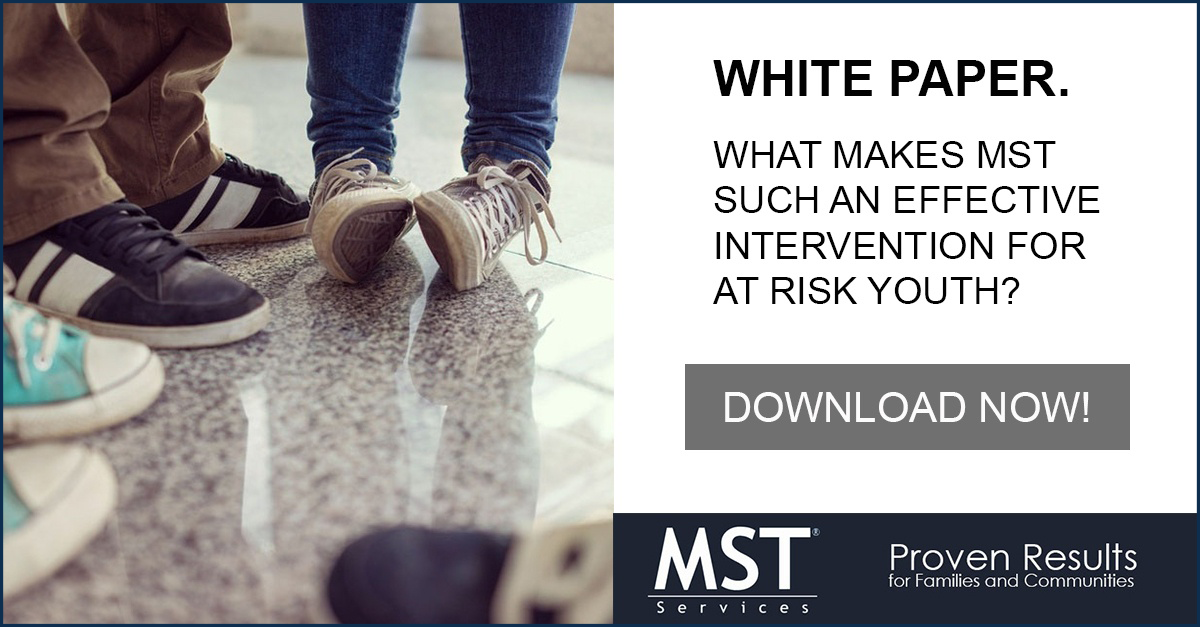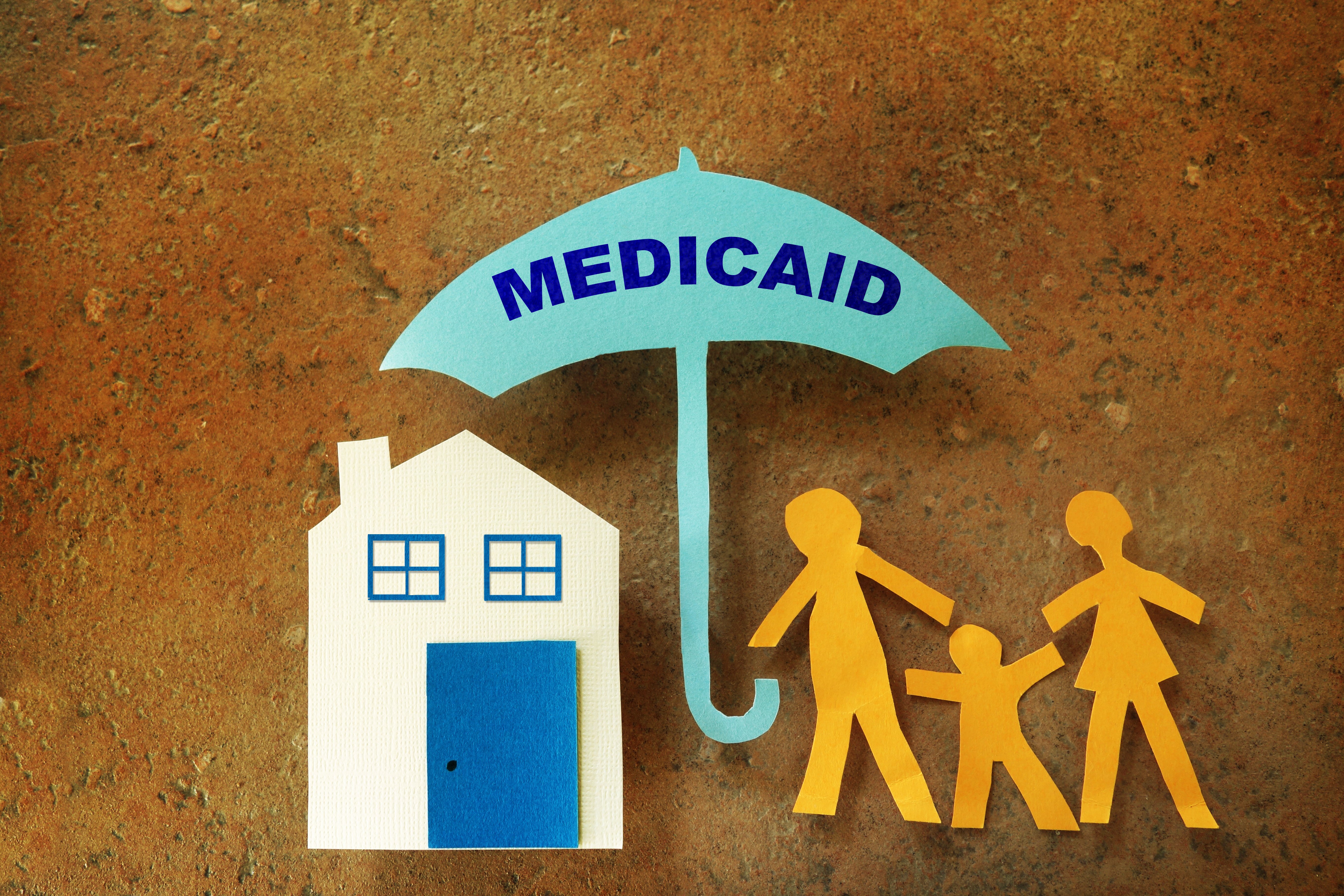
Imagine that you get a call from your child’s school one afternoon. The principal tells you that your son broke his arm after tripping down some stairs, and he’s been transported to the local hospital. When you get to the emergency room, doctors have already done an x-ray and have begun fitting him for a cast. You’re relieved he’s feeling okay, but then you look at the hospital bill: $2,500. Without health insurance, a broken arm can become the cost of several months’ rent, and put a family into financial jeopardy. Now imagine that your son is struggling with a mental or behavioral health issue. This isn’t uncommon—according to the National Alliance on Mental Illness, over 20% of teenagers experience a mental health condition, and half of all lifelong cases of mental illness begin by age 14. But visiting a therapist and purchasing medication can be even more expensive than a broken arm. Several youth have mental and behavioral health issues, but left untreated, these problems could become a catalyst to involvement in the juvenile justice system.

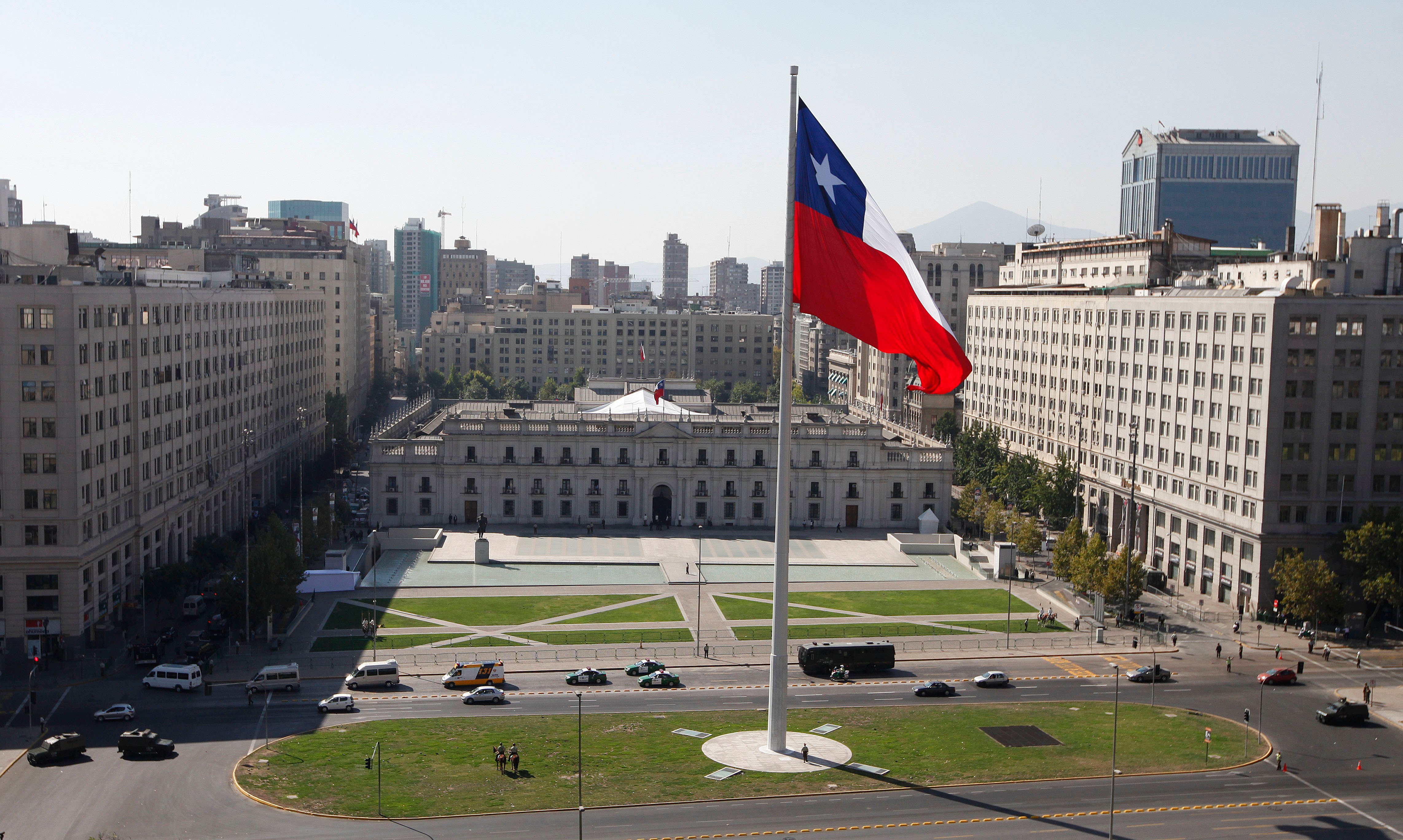

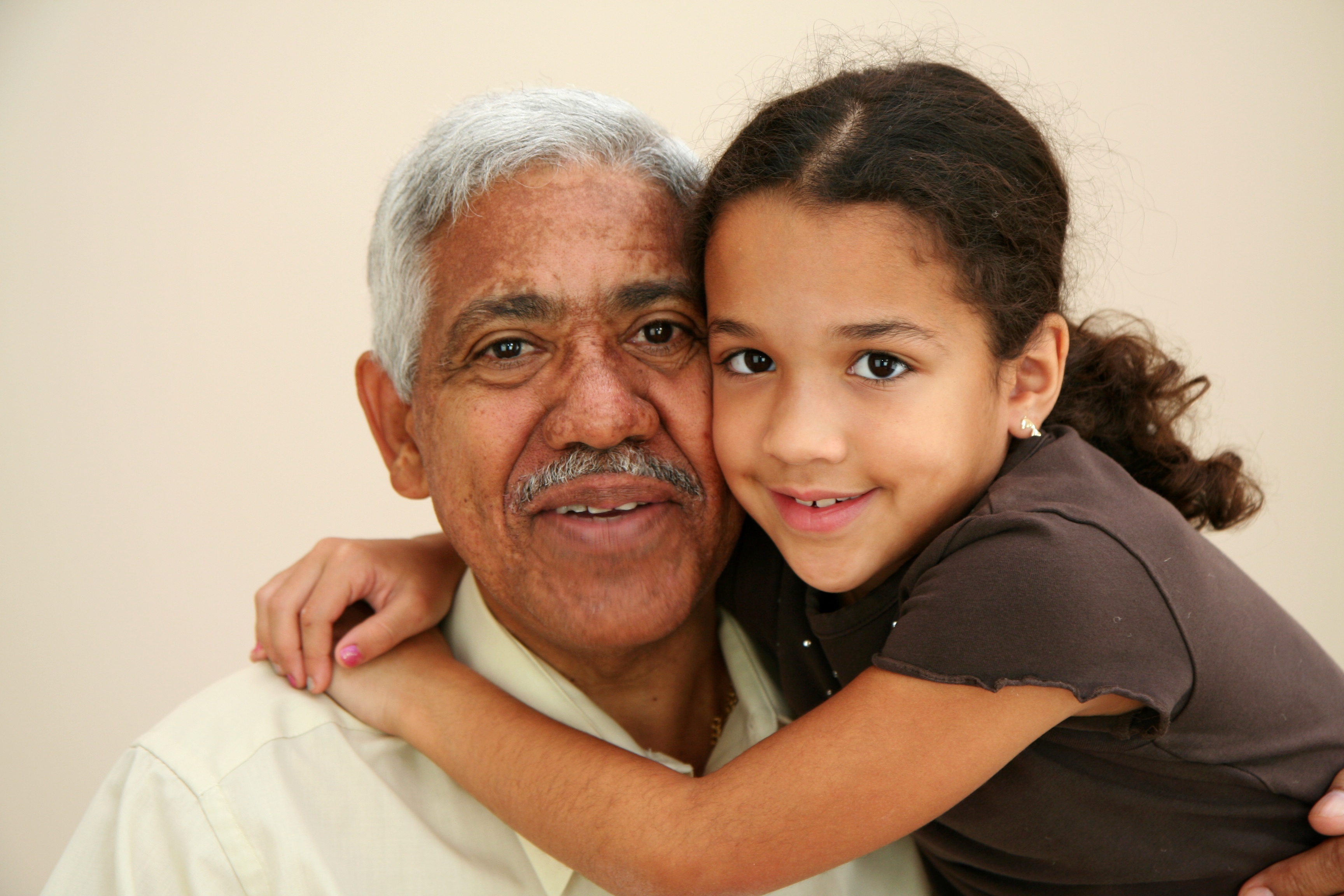
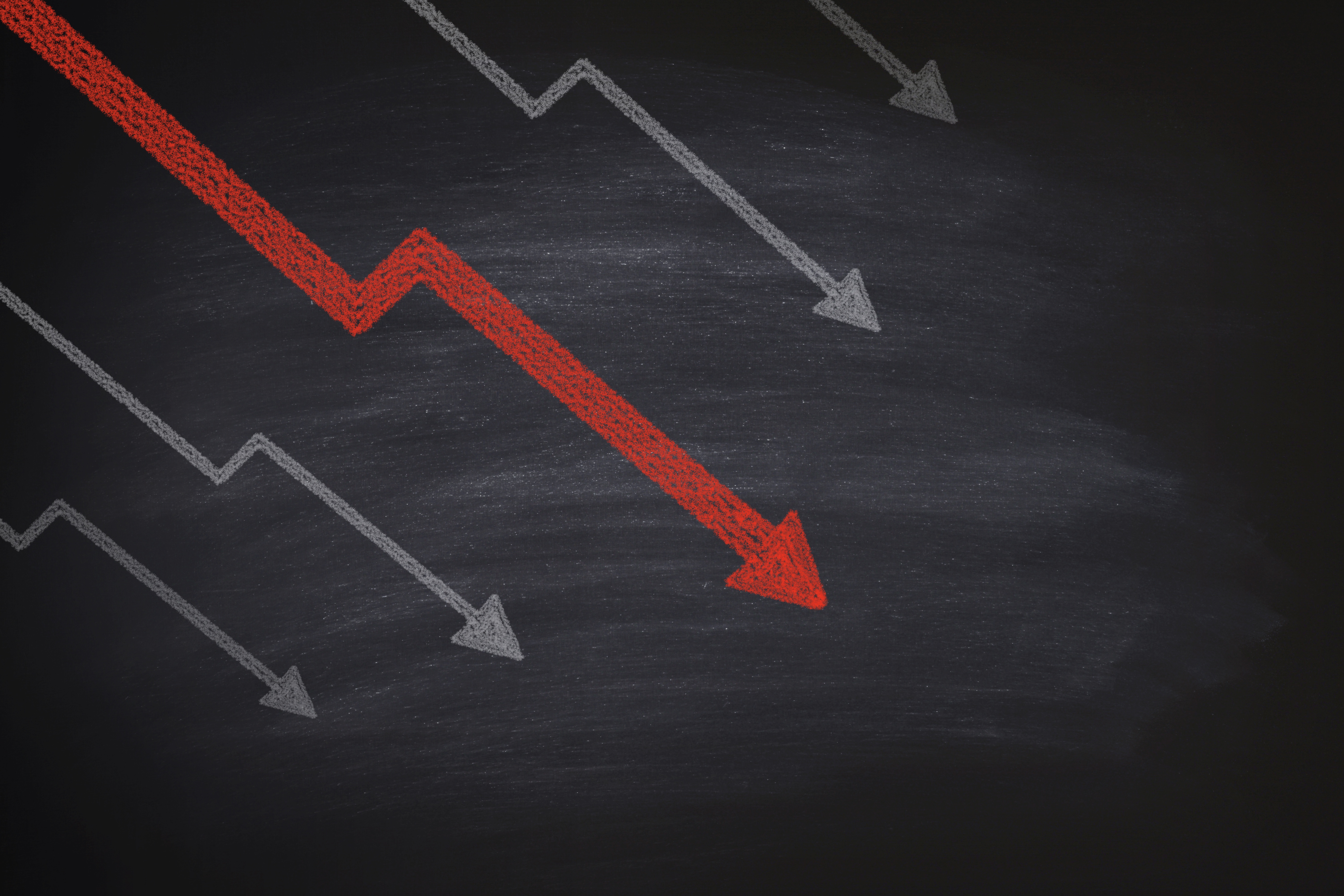
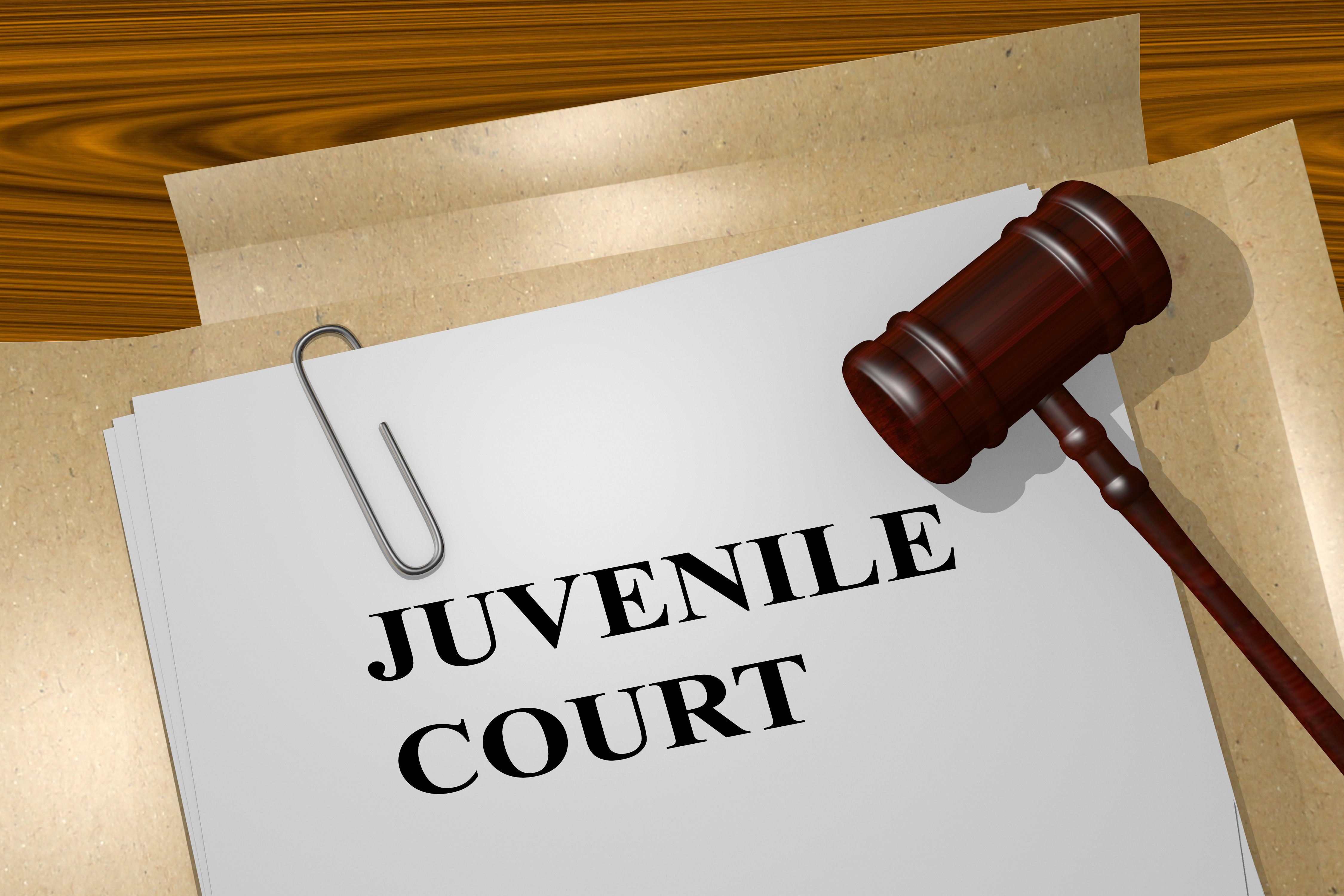
 In the early 1990s, rising national crime rates provoked a change in the general public’s opinion of the people committing the crimes. Juvenile offenders, in particular, were represented as “vicious superpredators,” fueling the perception of juveniles as increasingly unpredictable, and of the juvenile penal system as being inadequate.
In the early 1990s, rising national crime rates provoked a change in the general public’s opinion of the people committing the crimes. Juvenile offenders, in particular, were represented as “vicious superpredators,” fueling the perception of juveniles as increasingly unpredictable, and of the juvenile penal system as being inadequate. 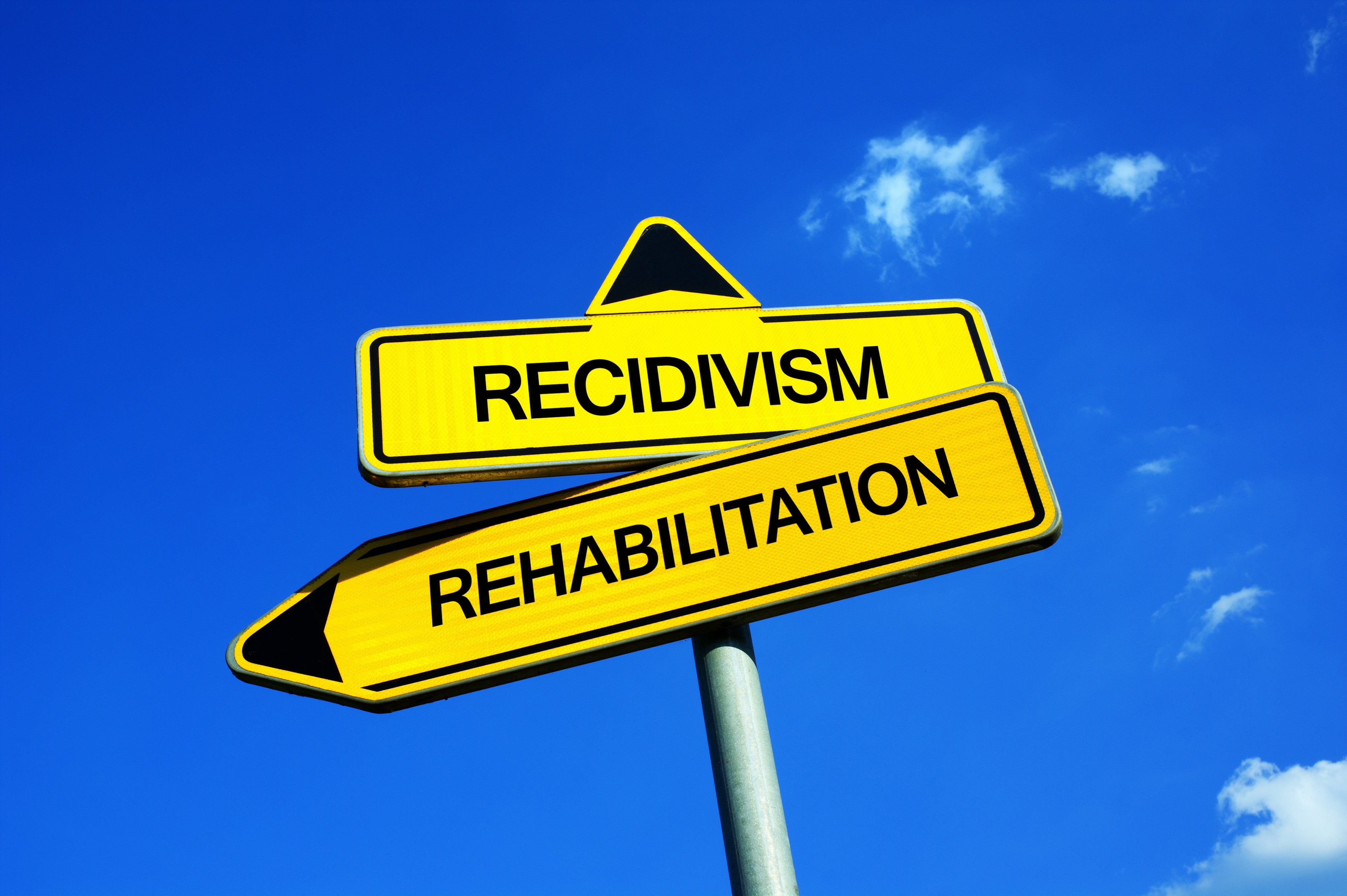
 It was an innocuous summer day in 2009 when DeVonte Jones first exhibited signs of
It was an innocuous summer day in 2009 when DeVonte Jones first exhibited signs of 
